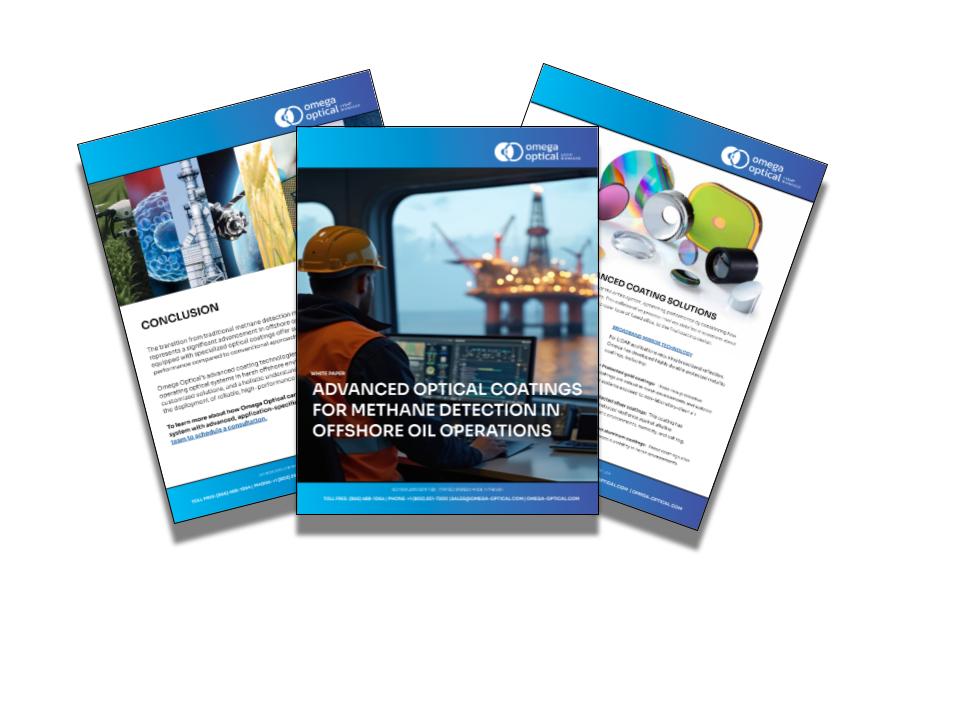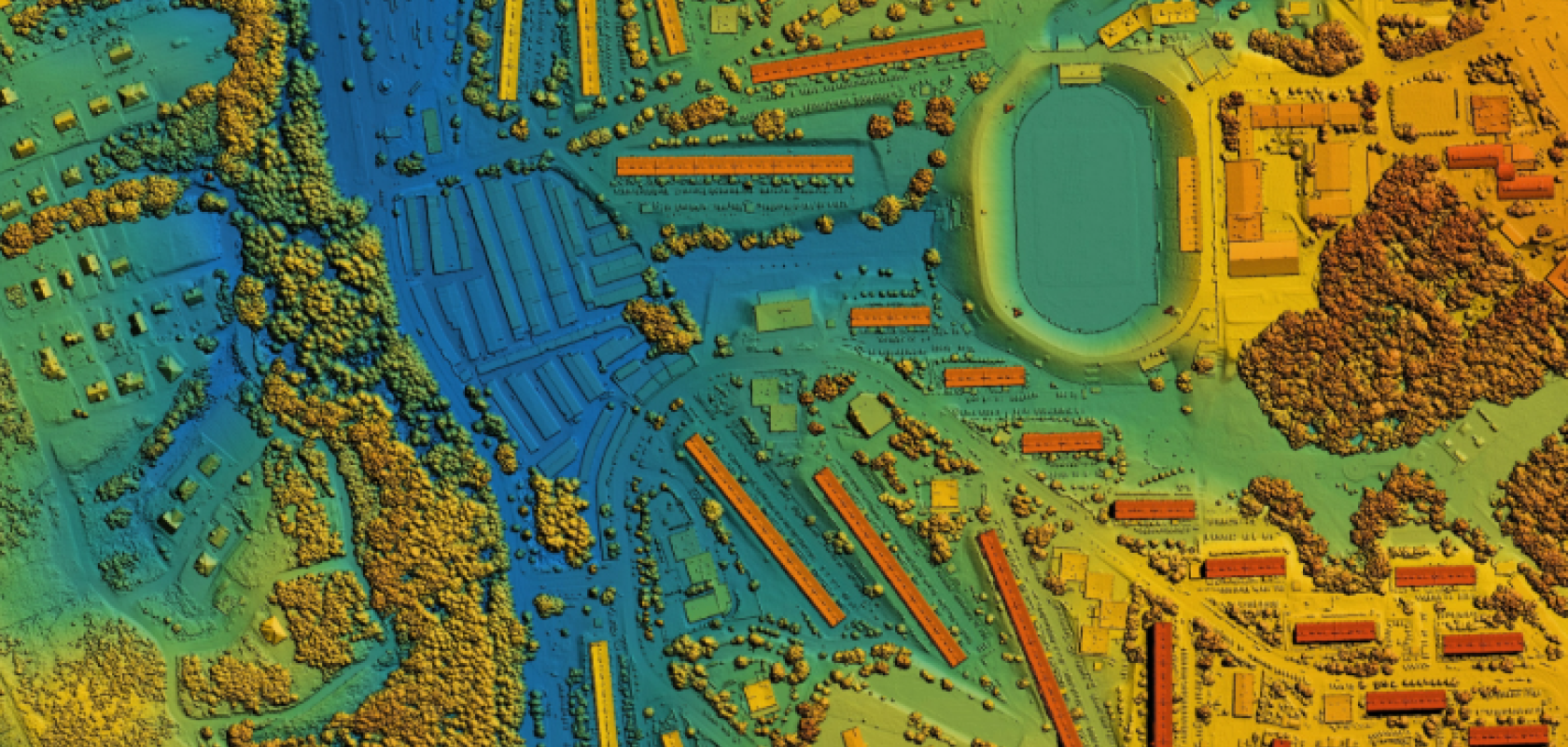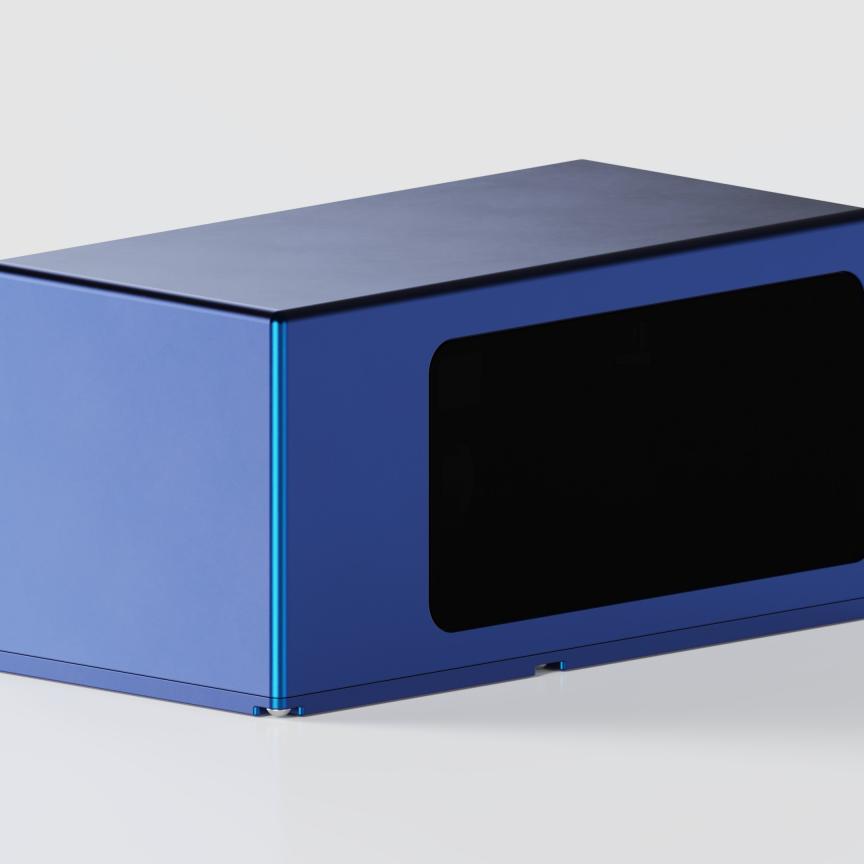The detection of methane leaks on offshore oil rigs has transformed with the adoption of lidar technology equipped with advanced optical coatings designed specifically for harsh marine environments. Traditional handheld sensors and fixed point detectors are giving way to sophisticated optical systems that can scan wide areas continuously whilst withstanding the corrosive effects of salt spray, humidity, and temperature extremes.
"We're seeing a real shift towards photonic solutions for methane detection," explains Todd Jaeger, Chief Revenue Officer at Omega Optical, a company at the forefront of developing specialised coatings for these demanding applications. "The challenge isn't just detecting methane, it's doing so reliably in an environment that's incredibly hostile to optical components."
The move towards lidar-based systems addresses fundamental limitations of conventional detection methods, which have struggled with the unique challenges of offshore operations where environmental conditions rapidly degrade sensor performance and create maintenance headaches.
The evolution from traditional detection methods
Historically, methane detection on oil rigs relied on handheld gas detectors, periodic visual inspections, and fixed-point sensors with limited coverage areas. These approaches, whilst functional in controlled environments, face significant challenges in offshore marine conditions.
"The biggest problem with traditional systems is that they're fighting a losing battle against the environment," notes Jaeger. "Salt water, humidity, and contamination destroy optical surfaces over time, leading to signal degradation when you're fighting for every photon you can get."
Environmental degradation represents perhaps the most significant challenge. Conventional optical components suffer rapid deterioration in marine environments, requiring frequent cleaning, recalibration, and replacement. For offshore operations, this can translate to substantial downtime and operational costs, particularly when considering the logistical challenges of accessing remote platforms.
The limited coverage provided by point sensors creates additional operational constraints. Comprehensive leak detection across large offshore installations requires extensive sensor networks, creating gaps in coverage and multiplying maintenance requirements. Moreover, many traditional systems depend on trained personnel for operation and maintenance, a significant constraint in remote offshore locations where "oil and gas guys" rather than optics specialists are operating the equipment.
Optical solutions for harsh environments
Lidar technology offers a number of advantages for methane detection in offshore environments. For example, it can scan large areas remotely, provide real-time detection capabilities, and operate from safe distances whilst maintaining high detection accuracy. However, realising these benefits in marine environments requires optical components engineered specifically for extreme conditions.
The key lies in advanced protective coating systems that address the fundamental challenges of operating optical equipment in corrosive environments. "It's really a combination of the right adhesion layer, the metal coating, and then the right protective coatings that need to go on top," Jaeger explains. "If your protective coating has pinholes in it, you have areas with no protection that can oxidise over time."
Breakthrough coating technologies
Recent developments in protective coating technology have transformed the viability of optical systems for offshore applications. Modern coating architectures combine optimised adhesion layers with metallic coatings and sophisticated protective overcoats to provide comprehensive environmental protection whilst maintaining optical performance.
"We've developed protective coatings that can withstand not just salt spray and humidity, but also acetic acid and alkaline environments," Jaeger reveals. "These coatings are being used by companies operating low Earth orbit satellites, so we know they can handle extreme conditions."
The reduction of pinholes in protective coatings represents a critical advancement. Even microscopic pinholes can create localised areas vulnerable to oxidation, compromising the entire optical surface over time. Advanced manufacturing processes now produce near pinhole-free coatings that provide uniform protection across optical surfaces.
Edge sealing technology addresses another common failure mode. Traditional coatings can suffer delamination when contaminants infiltrate beneath coating edges, but specialised edge treatments prevent this infiltration, ensuring long-term coating integrity.
Tailored solutions for methane detection
The development of wavelength-specific coatings optimised for methane absorption characteristics has enhanced detection sensitivity whilst reducing false positives. Rather than broad-spectrum coatings, modern systems utilise precisely tailored coatings that maximise performance at specific wavelengths critical for methane detection.
"Often, a customer will specify a coating curve over a very long wavelength range when there's actually one or two vital points that really matter," Jaeger observes. "By having those conversations directly with our engineers, we can optimise the coating for what they actually need."
This collaborative approach extends to comprehensive system optimisation. Rather than treating optical components as isolated elements, leading coating suppliers work with customers to optimise entire systems, considering how each component interacts with others and balancing performance against cost constraints.
Broadband mirror innovations
For applications requiring broadband reflection, new protected metallic coatings offer enhanced environmental resistance. Protected gold coatings optimised for infrared applications, protected silver coatings with superior environmental resistance, and protected aluminium coatings for visible and near-infrared applications all provide improved durability compared to conventional alternatives.
"We work to design things that can specifically hold up in the environment they're being subjected to," Jaeger explains. "When you're flying these systems over salt water or oil rigs, the air isn't exactly laboratory clean."
Industry applications and future developments
The advanced coating technologies developed for offshore methane detection are finding applications across multiple demanding environments. Low Earth orbit satellites utilise similar coatings to withstand space conditions, whilst analytical instrumentation companies in the life sciences sector employ these coatings for Raman spectrometers exposed to harsh chemical environments.
"We're using these coatings for a large analytical instrumentation company where their customers are subjecting spectrometers to conditions they were never designed for," Jaeger notes. "It's about taking something that was considered a commodity and turning it into something unique and valuable."
The partnership approach
The complexity of optimising optical systems for harsh environments has driven a shift towards collaborative partnerships between coating suppliers and end users. This approach involves comprehensive system analysis, environmental specification, and iterative design processes to ensure coating performance meets real-world requirements.
"It was a perfect example of optimising the entire system by looking at how each individual component worked with each other," Jaeger explains. "We had detailed discussions about everything from the quality of the material substrate surfaces through the selection of the proper type of fused silica."
Looking ahead
The continued advancement of photonic technologies for methane detection promises further improvements in offshore operational capabilities. As environmental regulations become increasingly stringent and operational efficiency demands grow, the reliability and performance advantages of advanced optical systems will likely drive broader adoption across the oil and gas sector.
The success of these systems depends critically on optical coatings that can maintain performance in extreme environments. As coating technologies continue to advance, the potential applications for optical-based detection systems will expand, offering new possibilities for environmental monitoring and operational optimisation in challenging industrial environments.
For offshore operations where environmental protection, safety, and efficiency are paramount, the marriage of advanced lidar technology with specialised optical coatings represents a significant step forward in methane detection capabilities. Jaeger explains: "The people operating these machines aren't optics people, they're oil and gas guys doing their best to keep things clean. It's precisely this reality that makes robust, reliable optical coatings so important for the future of offshore leak detection.”



